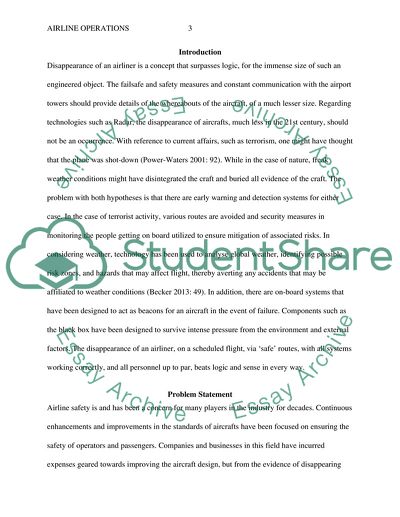Cite this document
(Airline Operations: The Impact of a Global Monitoring System on Safety Coursework, n.d.)
Airline Operations: The Impact of a Global Monitoring System on Safety Coursework. Retrieved from https://studentshare.org/information-technology/1843684-airline-operations
Airline Operations: The Impact of a Global Monitoring System on Safety Coursework. Retrieved from https://studentshare.org/information-technology/1843684-airline-operations
(Airline Operations: The Impact of a Global Monitoring System on Safety Coursework)
Airline Operations: The Impact of a Global Monitoring System on Safety Coursework. https://studentshare.org/information-technology/1843684-airline-operations.
Airline Operations: The Impact of a Global Monitoring System on Safety Coursework. https://studentshare.org/information-technology/1843684-airline-operations.
“Airline Operations: The Impact of a Global Monitoring System on Safety Coursework”, n.d. https://studentshare.org/information-technology/1843684-airline-operations.


